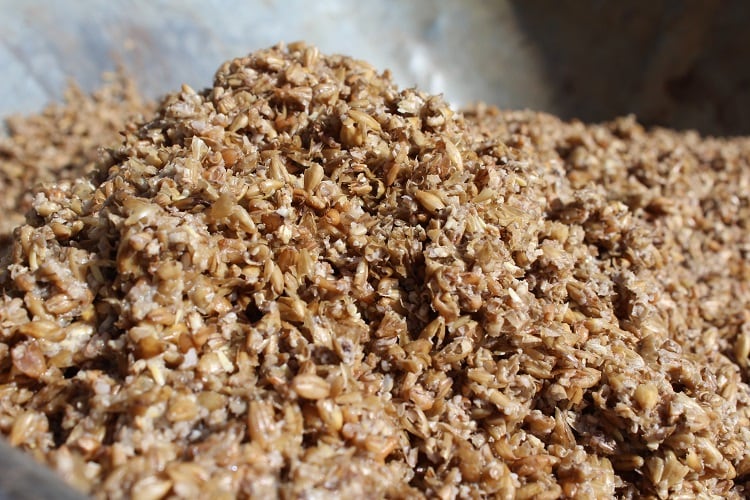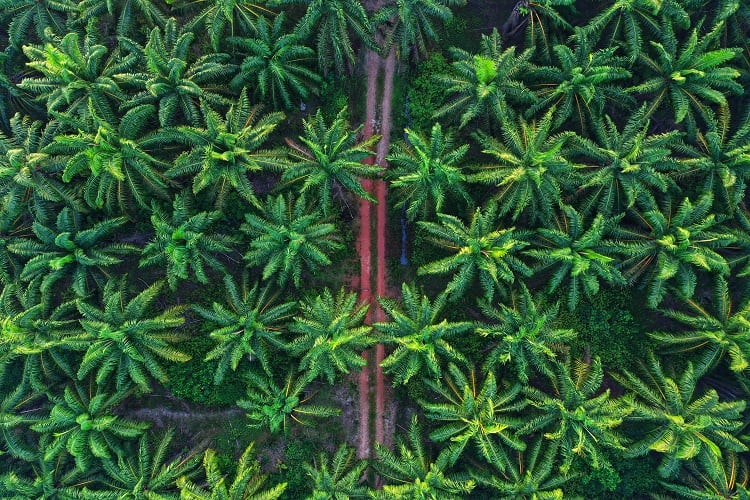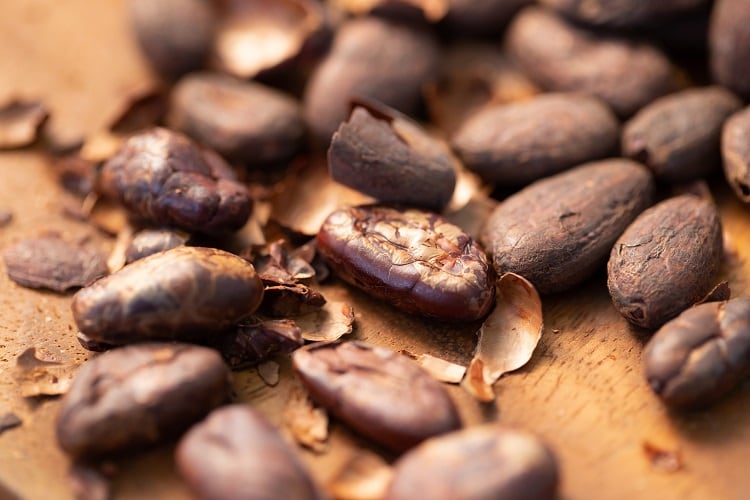According to the UN, an estimated 13% of all food is lost between harvest and retail. Not only is this bad for the environment, but it means simply that less overall food is available to be eaten. Using side streams means that less food is wasted, instead being utilised in a wide range of products.
Because side streams can come from so many industries and ingredients, they also offer a range of purposes. They can be used for, for example, plant-based meat, vegetable oil surrogates and even substitutes for key food ingredients.
Sourcing side streams
Side streams can essentially be acquired from any food business that has anything left over during the production process. The Supplant Company, which uses side streams to replace ingredients such as refined sugar and starch, is focused on agricultural side streams.
“From a technical perspective, we can use side streams from any of the major crops around the world: corn cobs, oat hulls, wheat straw, rice straw, etc,” Tom Simmons, the Supplant Company’s founder and CEO, told FoodNavigator.
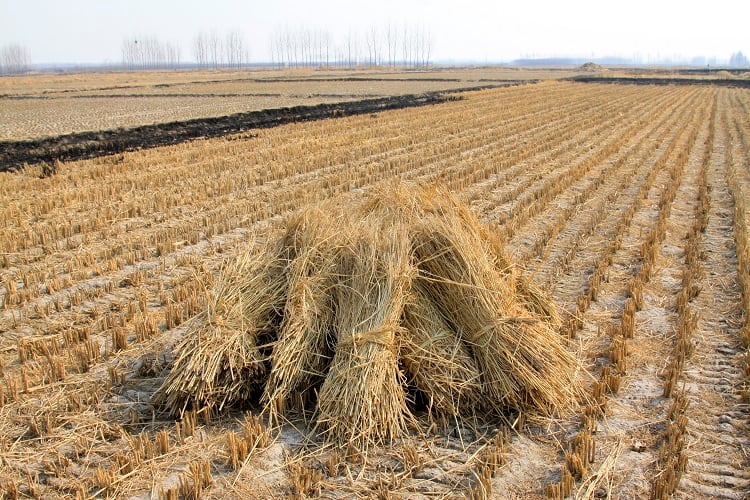
“The manufacturing process would change slightly to accommodate the different side streams. For example, the grinding of the material at the beginning is obviously different, but the process is able to deliver functionally equivalent ingredients from any of these raw materials. Because of this, the suitability of a given side stream is primarily determined by non-technical factors: for example, side stream abundance or ease of access in a given geographical region.”
The Supplant Company sources side streams from around the world, necessitating that it adapts to a range of different agricultural environments. This does not impede it, however, as many of the world’s side-streams can be adapted into substitutes for key ingredients.
“Because we can use side streams from any of the major crops around the world,” Simmons told us, “we can access meaningful raw material supply chains in all the key geographical regions we would want to manufacture in. That said, different crops are predominantly grown in different parts of the world: North America disproportionately grows corn, Europe disproportionately grows wheat, Asia disproportionately grows rice.”
ÄIO, a startup that use side streams to create more sustainable substitutes for vegetable oils, such as palm oil, and animal fats, sources not from agriculture but from industry. “Currently we have already developed to different levels of technology readiness level to the following side streams in co-development with different companies: sawdust hydrolysate, molasses, dairy industry, food waste, beer spent grain, and bakery industry,” Nemailla Bonturi, ÄIO’s co-founder, told FoodNavigator.
No sacrifice in nutrition
Side streams may be, by definition, resources which are not used at their original source, but this does not mean that they do not often match, or even improve, the nutrition of those that are.
ÄIO’s three products - lipid-rich powder, RedOil, and Butteryfats - aim to nutritionally substitute vegetable oils and animal fats, as well as matching them in taste. “All our products do not have trans fats and are rich in antioxidants and omega 3,” Bonturi told us.
“The encapsulated oils have amino acids, glucans, and proteins, among others. The encapsulated oils combine the possibility of substituting both palm oil and a nutritional yeast as ingredients. The RedOil has similar properties to olein from palm oil. Butteryfats is similar to chicken lard and is a substitute to animal fats.”
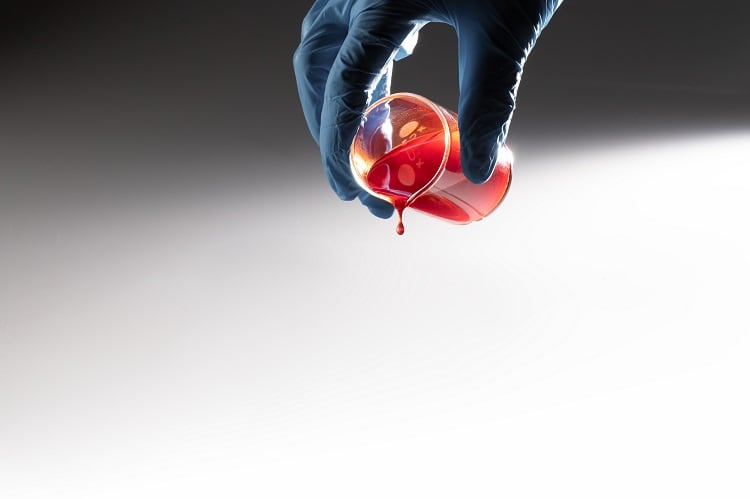
The Supplant Company’s products aim to improve on the nutrition of the ingredients they’re substituting. “By utilising these fibre-rich side streams we not only make more sustainable ingredients, but make more nutritious ingredients too,” Simmons told us. “Our ingredients contain fewer calories, more fibre and are also prebiotic.”
Upscaling
When using side streams, one of the biggest factors is having a continuous access to said side streams. In order to run a business using side streams, a steady supply of them from other manufacturers is required.
Furthermore, in order to upscale, you need to find more of the same. The Supplant Company’s Ruben Tadmore, Head of Business Development, is confident that enough side-streams exist for significant upscaling.
“This stuff is so abundant,” he told FoodNavigator. “It’s the most abundant stuff out there.” The fact that the company can use a wide variety of agricultural side streams, he told us, helps to keep the side streams flowing and even provides potential for upscaling.
The centralisation of sourcing helps as well. “We currently focus on sourcing from facilities that have already collected raw materials and their resulting side streams that need to be discarded or used, rather than sourcing directly from farms,” Simmons told us. “For example, we source corn cobs from corn canning facilities and oat hulls from oat processing facilities.”
ÄIO is ambitious in its aims to upscale. “So far, we are not limited to any side stream as our strain and process are very robust and minimal changes are required to process this wide range of substrates,” Bonturi told us.
“Also, we have observed that our processes have been scaled very successfully from lab to up to 4 m3. For next year we aim to scale up further (50-100 m3) and we are already starting pre-engineering studies to mitigate possible new challenges or drawbacks.”
Of course, a key facet of using side streams is sustainability. It is also important to keep emissions low in other operations. “At ÄIO we aim at circular economy, therefore we would have our facility or technology licensed where the side-stream is available, in this sense not having transportation related costs or CO2 emissions,” ÄIO’s Bonturi told us.


